Insulation Tips
Insulating a Granny Flat
Originally designed as a place where elderly relatives could live near family, granny flats have evolved into versatile, multi-purpose spaces for modern living. Whether it’s a home office, guest accommodation, a private retreat for an independent teenager or a rental unit for extra income, a well-designed granny flat can significantly enhance your home’s usability and value.
As a granny flat is an extension of your home the insulation should be treated with the same care and attention to detail. Not only does this mean meeting granny flat insulation requirements, but it also means ensuring the space is comfortable by maintaining a stable indoor temperature. Proper granny flat insulation also significantly reduces energy consumption and costs, enhances soundproofing, provides greater privacy, and increases the overall value and appeal of the property.
This comprehensive guide to granny flat insulation includes the types of insulation you’ll need, areas to insulate and common mistakes to avoid.
Why Insulate a Granny Flat?
- Comfort: Proper granny flat insulation helps keep the temperature consistent and comfortable all year round.
- Energy Efficiency: An insulated granny flat means you’ll use less energy for heating and cooling, which means lower power bills. It’s an easy way to save money and make your space more efficient.
- Noise Reduction: Insulation also offers the added benefit of soundproofing, reducing external noise and enhancing privacy. Whether it’s the hum of nearby traffic or lively neighbours, insulation can help dull intrusive sounds.
- Environmental Benefits: Using less energy to maintain a comfortable temperature means less strain on power grids and a smaller carbon footprint.
Best Types of Insulation Materials for Granny Flats
- Glasswool: Also known as fibreglass insulation, glasswool is made from recycled glass and sand that’s spun into fine fibres, creating a lightweight, flexible material. It’s known for its excellent thermal and acoustic insulation properties, non-combustibility, and moisture resistance, making it particularly well-suited to Australia’s diverse climate. Glasswool is commonly used in walls, ceilings, and roof spaces.
- Polyester: Lightweight and flexible, polyester insulation is often made from recycled plastics that have been diverted from landfill and it provides a low-irritant insulation option (which may be suited to those with allergy sensitivities). Its dense structure helps reduce noise transfer, and its ease of handling makes it ideal for urban areas and compact granny flats.
- Foam Board: Foam board insulation is typically made from materials like polystyrene or polyurethane. It offers excellent thermal performance and moisture resistance, making it a reliable choice for Australia’s diverse climates. It’s lightweight, durable, versatile, and ideal for granny flats. Foam board insulation can often be more expensive than other insulation options but is long-lasting.
Best Insulation R-values for Granny Flats
Choosing the right R-Value is crucial and depends on your local climate and whether your granny flat is situated near trees or in a heavily shaded area. The higher the R-Value, the more efficient your insulation will be. The best R-values for granny flat insulation requirements are:
External walls: R2.5
Acoustic insulation for internal walls: R2.5 or 2.7
Between floors: R3.0 to R4.0
Underfloor: R2.0 or R2.5
For specialised information regarding R-value insulation or specifics for your local region or climate, contact our friendly team.
Areas to Insulate in a Granny Flat
- Walls: Wall insulation helps keep your home warm in winter and cool in summer. Common materials include glasswool, polyester, and foam board.
- Roof/Ceiling: Insulating the roof and ceiling prevents heat loss and keeps your home comfortable year-round. For these areas, you’re looking at materials like glasswool, and Earthwool insulation batts.
- Floors: Floor insulation reduces heat loss and improves comfort, especially in colder climates. Materials like foam board, glasswool, and underfloor insulation batts are ideal for floors.
- Windows and Doors: Windows and doors are common spots for heat loss. To boost their insulation, consider options like weather stripping, double glazing, or applying insulation film.
Cost Considerations of Insulating a Granny Flat
Initial Costs
Glasswool Insulation is generally affordable, ranging from approximately $8 to $15 per square metre, depending on the product and intended application.
Polyester insulation generally starts around $8 to $10 per square metre, with slight variations based on product specifications like density and thickness. Polyester insulation is more eco-friendly and hypoallergenic, making it slightly more expensive than glasswool in some cases.
Installation Services
Professional installation can add significantly to overall costs, depending on labour rates and project complexity. For straightforward installations in new builds, costs might be lower, while retrofitting and underfloor installations can increase expenses.
Long-Term Savings
Insulation cuts down on energy consumption, which translates to lower power usage costs. Over time, these savings can add up and make a big difference.
DIY vs. Professional Installation
Installing insulation yourself can cut costs by giving you an upfront saving on labour fees, but it can be time-consuming and challenging if you lack experience. Hiring professionals costs more initially but guarantees a quicker, safer and more precise job meeting proper granny flat installation requirements.
Common Mistakes to Avoid When Doing This Yourself
- Improper Material Selection: Not all insulation materials meet granny flat insulation requirements. Using the wrong type can lead to inefficient insulation and poor performance, so make sure you select the right material for the space you’re working on.
- Inadequate Coverage: Incomplete or uneven coverage can create cold spots, leaving your home less insulated and reducing energy efficiency. Ensure the insulation fully covers the area to avoid gaps.
- Ignoring Ventilation: Proper ventilation and airflow are critical in a granny flat. Without it, moisture can build up behind insulation, leading to mould growth and structural damage over time. Always allow for proper ventilation to maintain adequate air circulation.
Maintenance and Upkeep
- Regular Inspections: Check your insulated granny flat once a year to ensure it’s in good shape. Look for signs of wear, damage, or gaps.
- Repairing Damage: Look out for torn, damp, or displaced insulation. Replace or fix it promptly to maintain efficiency.
- Upgrading Insulation: If your insulation is old or no longer effective, or if your energy bills are consistently higher than expected, it may be time to upgrade to newer, better materials.
Insulate Your Granny Flat With Pricewise Insulation Today!
Granny flat insulation is a must to keep your property comfortable, inviting and energy efficient. Get started today with Pricewise Insulation’s comprehensive range of granny flat insulation options and professional advice on granny flat insulation requirements.

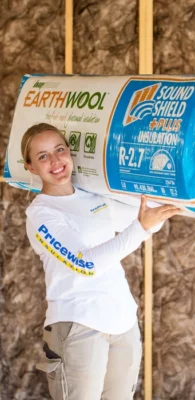
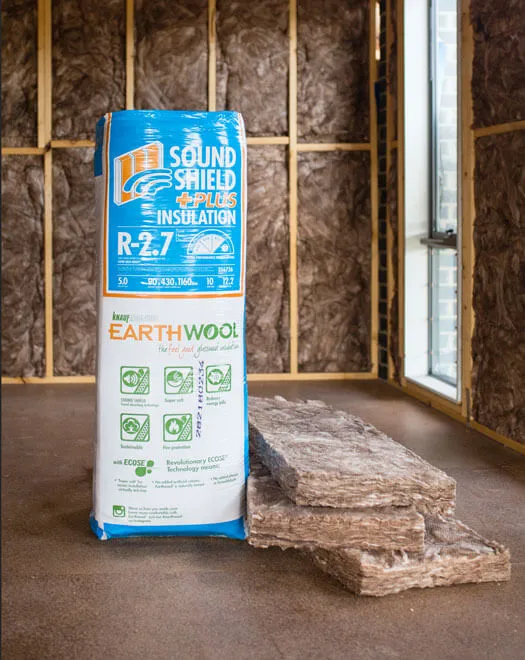
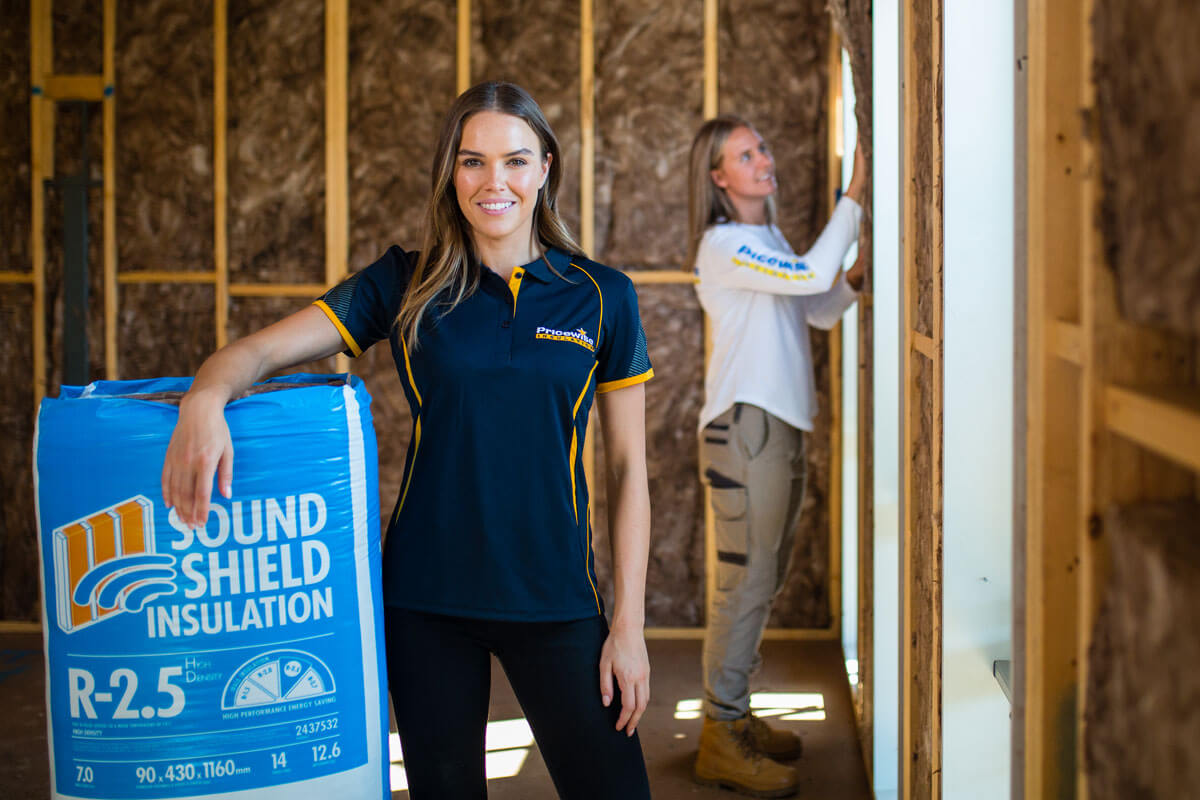
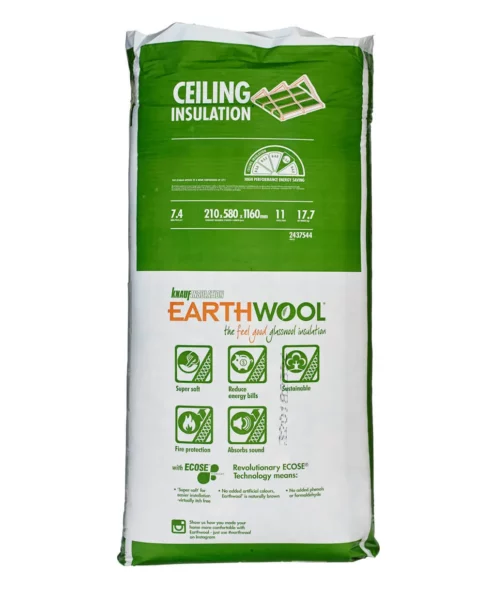
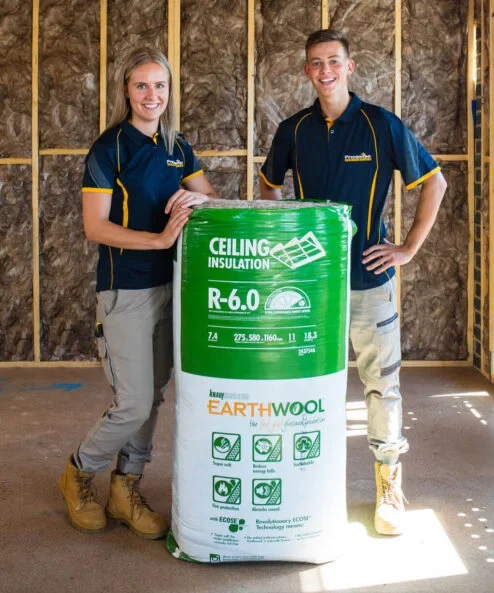
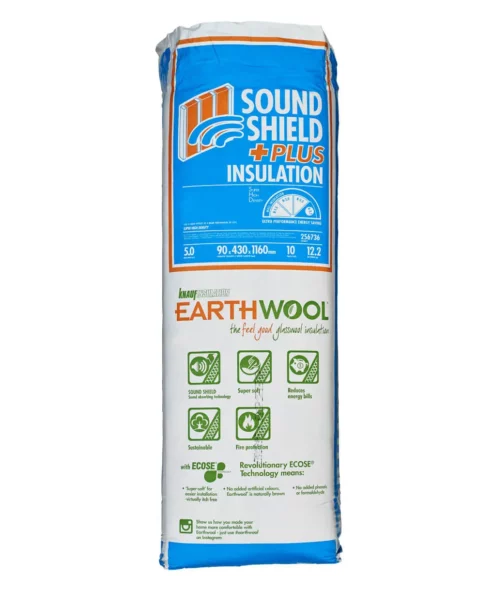
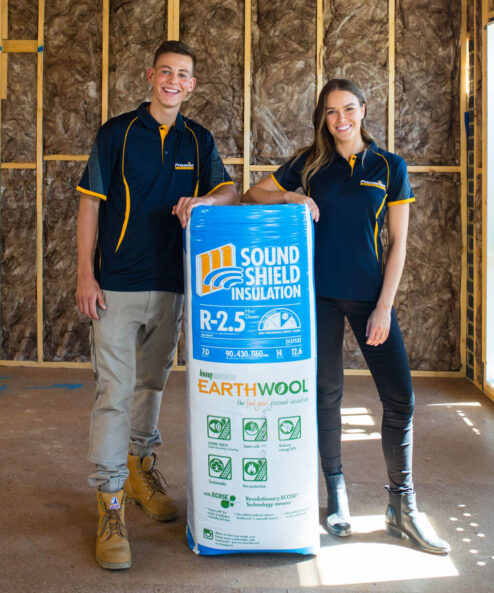
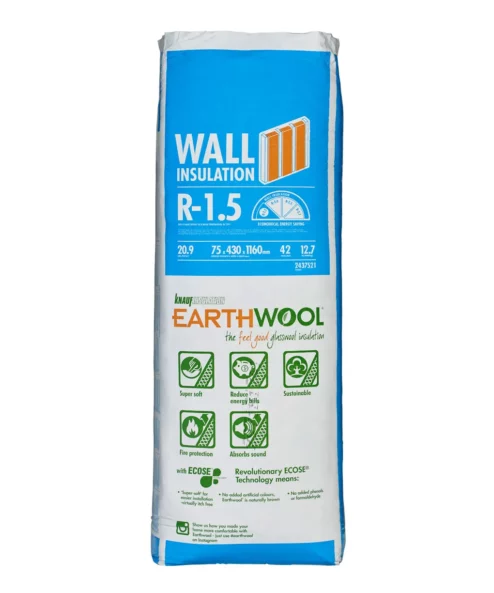
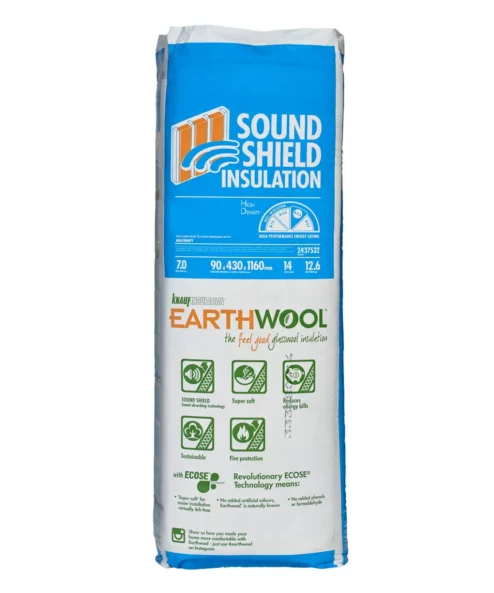
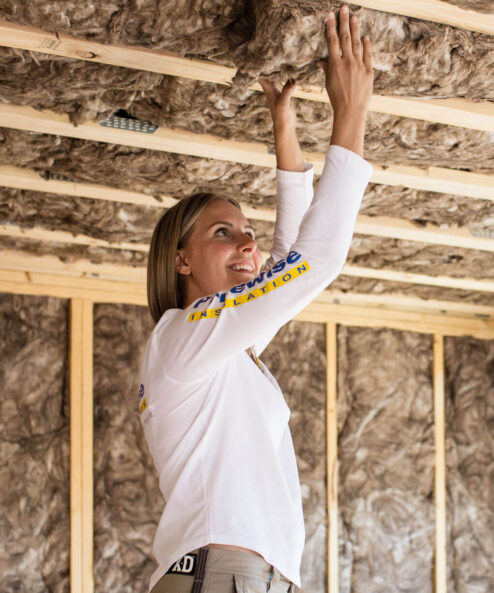


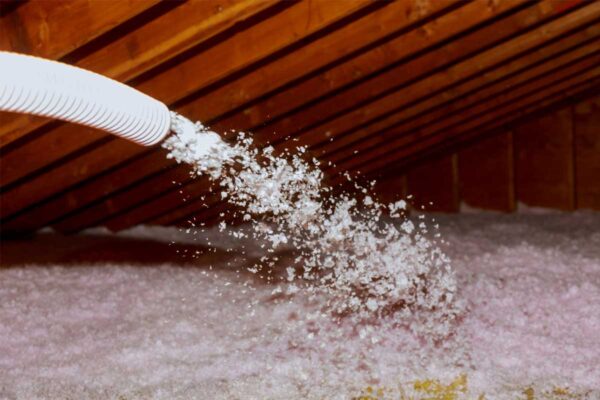
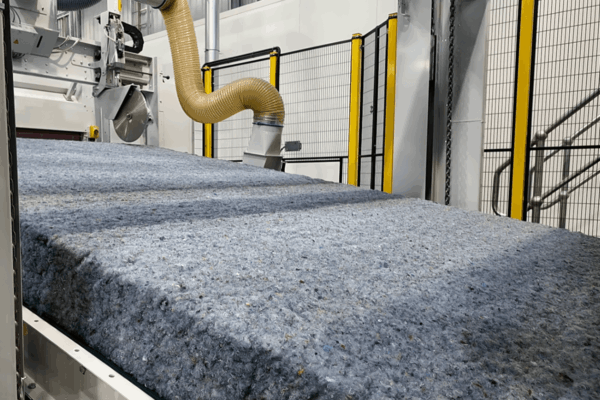
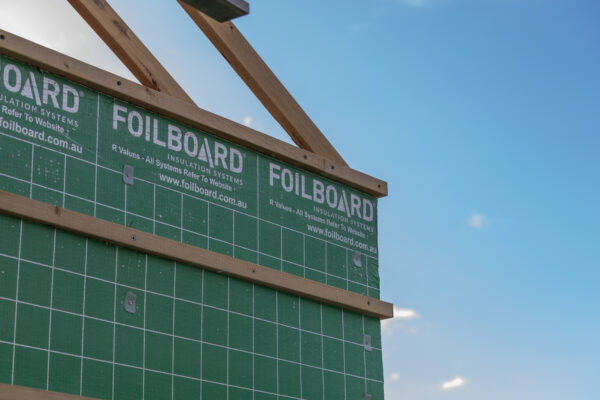
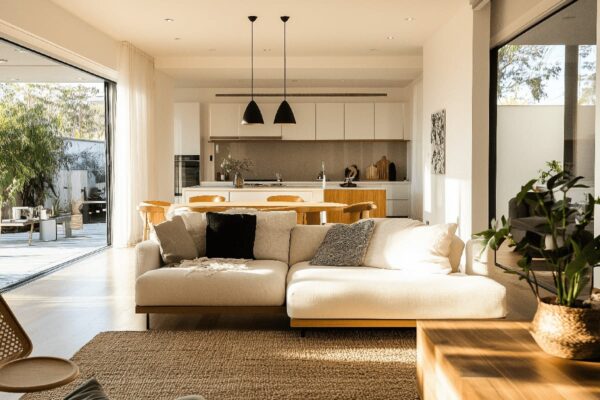
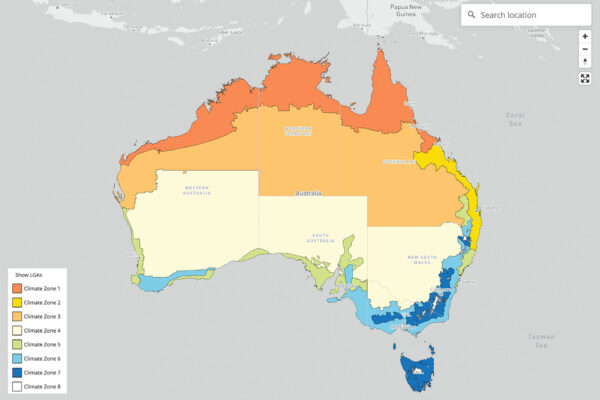
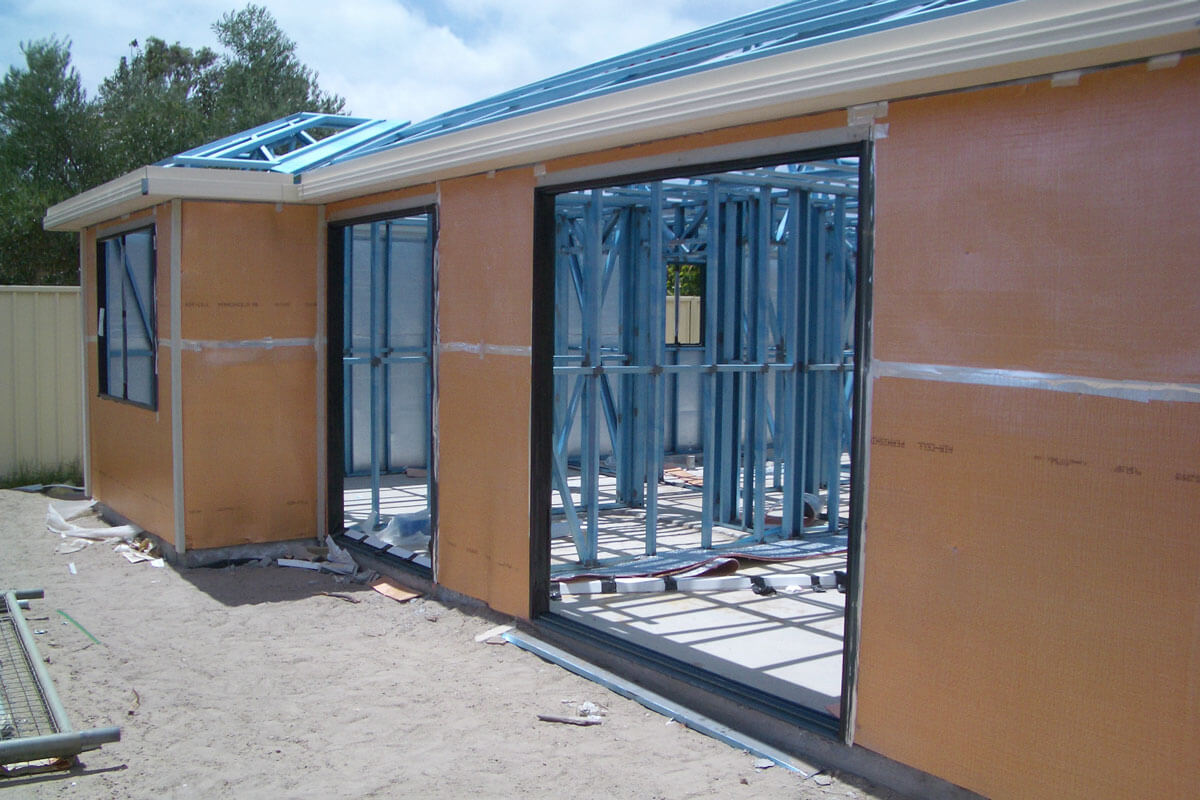
I do not have any trees shading my granny flat. I feel it needs insulation as it is FREEZING in winter but HOT in summer. I have been here for 1 year and need to know I will cope better in the future.
Hi Ercelle,
Thank you for your enquiry. Insulation will definitely improve the temperature inside your granny flat during winter and summer.
If you want to know which R-value is best for your portable home, well this really depends on where you live. You can read our blog about climate zones here.
If you would like to further discuss the best options for you please feel free to call us on 1300 729 639.